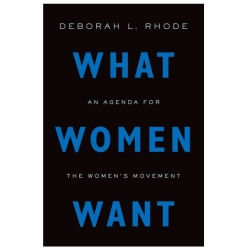
Managing Generational Diversity at the Workplace: Expectations and Perceptions of Different Generations of Employees
Managing Generational Diversity at the Workplace: Expectations and Perceptions of Different Generations of Employees
This article (PDF) qualitatively highlights the expectation perception gap as a potential source of misperception and misunderstanding between employees from three generational groups: Baby Boomer, generation X, and generation Y.












